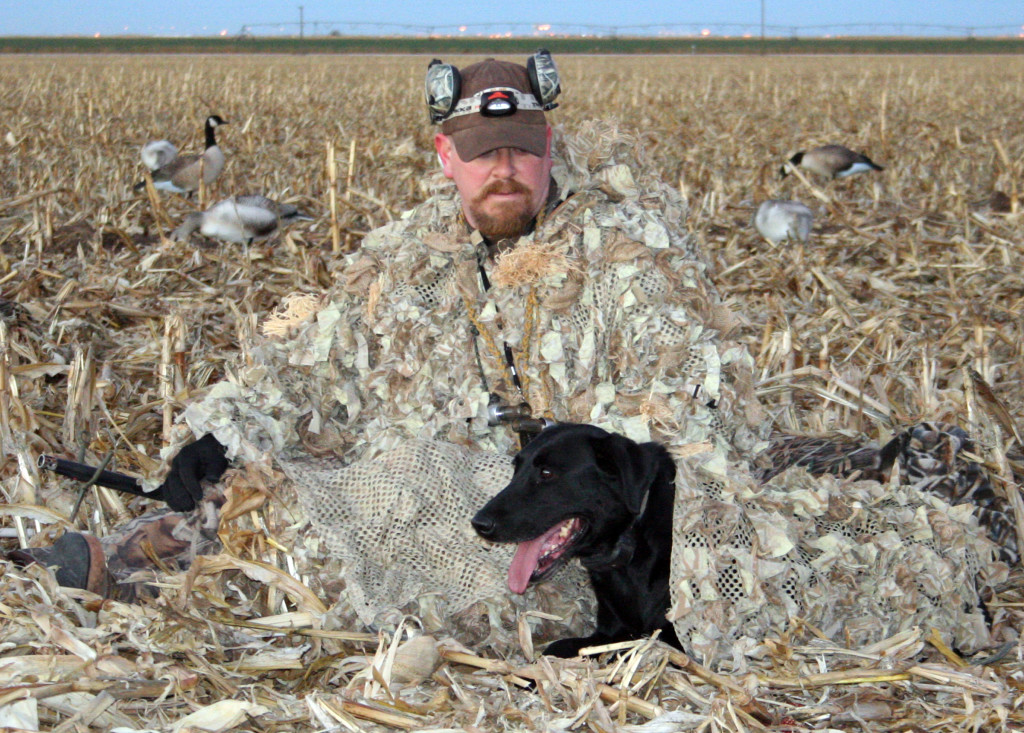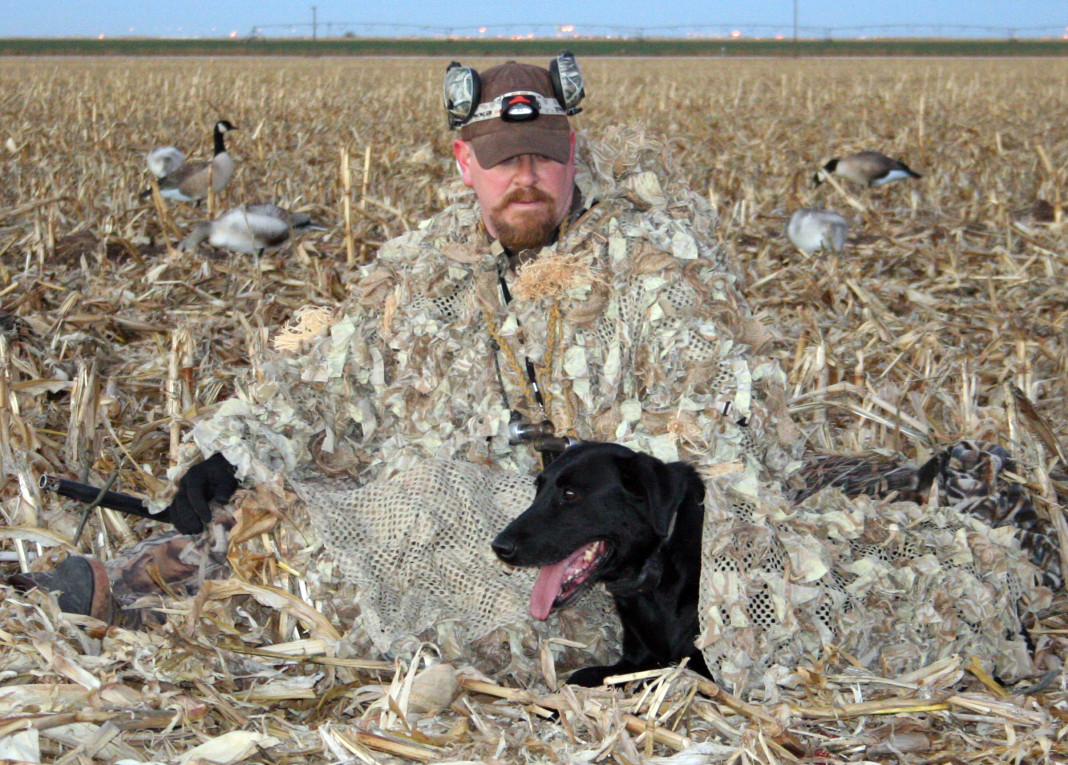I was the same age as the youngster when I first heard the chilling tale.
In fact, I was in the same area of Brown County, hunting the same game bird that nearly cut his life short in the time it takes for a covey to get out of sight.
One late autumn morning a varied group of quail hunters trekked near a pair of pointers that scoured the underbrush for bobwhites. They already had skied a half-dozen groups of birds and retrieved more than a handful. When the dogs locked up on a covey in a thick clump of brush and grass, the four-hunter party cautiously approached with their scatterguns primed and ready. Within steps of the younger pup, the quail blasted out in all directions, fluttering low and fast as they typically do. An instant later, barrels barked, and a few birds dropped.
But so did the boy on his first hunt, hit in the chest at about 40 yards with a wad of No. 8 shot. One of his hunting partners that day was a retired doctor who ended up massaging the youngster’s partially exposed heart to keep it beating.
As fate would have it, the boy survived.
Without that old man, he never would have left the field alive.
With fall hunting seasons of all varieties under way there are more chances than ever for accidents involving firearms, but most — if not all — can be avoided by erring on the side of caution and trusting your common sense. Too often, many hunters simply get careless with firearm safety when in fact it is much more important than limiting out or having plenty of shooting opportunities.
The highest incidence of accidents typically occurs in November and December as hundreds of thousands of deer hunters head afield with rifles, while September dove hunting brings with it as many if not more injuries inflicted by shotguns.

The common theme in hunting accidents typically intersects one of three areas: not controlling the muzzle of a firearm and pointing it at something you would never intend to shoot; entering or exiting a vehicle with a loaded firearm; and misidentifying game.
All of these easily are avoidable, but the last one seems to be a regular occurrence across the country, regardless of the game being pursued. Every fall there are numerous reports of hunters shooting at moving objects in the brush only to discover that it was a person. Most horrifying of all, that victim typically is someone to whom they’re related.
Despite the inherent danger that accompanies the pursuit, hunter education programs are invaluable in reducing accidents, especially fatal ones, in the long-term.
Mandatory hunter education — in effect since 1988 in the Lone Star State — has been the most important factor in the overall reduction of hunting accidents, though there remain fatal incidents that occur annually, most involving accidental discharges of firearms that could have been prevented by following the rules laid out in every hunter education class.
There were more than 1.244 million hunting licenses sold in the state during 2019, which is on par with every hunting season since 2013, according to Texas Parks and Wildlife Department data. TPWD reported 21 overall hunting accidents, including a single fatal one — the lowest figure for hunting-related deaths for any hunting season that TPWD has logged. That translates to a hunting accident rate of 1.7 per 100,000 licenses sold, which is still among the lowest figures TPWD has ever documented.
A check of TPWD records shows that from 1966 to 1987 there were 425 fatal hunting accidents and 1,724 in all. From 1988, the year hunter education became mandatory, to 2019, there were 150 fatal accidents for comparison.
Texas hunting accident deaths center on improper handling of firearms
Hunting in close proximity is part of the game when targeting any number of winged quarries this time of year, something that should cause you to reflect on your hunting practices — particularly why safety should be your No. 1 concern. If it’s not, you have no business being around others with a loaded weapon.
For instance, pheasant or quail hunting can provide challenges of trudging through uneven or thick areas, and many hunters aren’t careful where they point their firearms in some situations as they focus on staying upright. On my first pheasant excursion, I remember plodding through an overgrown old feedlot that still had tall fences with thick cables. We had to shimmy over the poles, and I wish I could say everyone either unloaded their gun or at least opened the action before they set it down or handed it to someone, but that probably wasn’t the case. The problem with many pursuits is that hunters get caught up in the rush of the moment – something that can turn deadly in an instant.
When it comes to geese, ducks and cranes, there typically is a need to spring up suddenly with a loaded weapon from either a sitting or horizontal position, and hunters can get obstructed as they attempt to shoulder and swing their firearms. I’ve seen even veteran goose hunters get tangled up, something that will chill you to your bones more than associated sub-freezing temperatures ever could, especially when a barrel is pointed in the direction of a line of other hunters.
The safety catch is there for your protection.
Use it every time.
However, you can’t rely solely on that little switch, especially if you’re moving around with a loaded firearm. Bad things happen to good people, and nowhere is that more evident than in outdoor pursuits.
I remember another spine-tingling account of a deer hunter who used his rifle as a crutch to assist in getting up from a prone position. On the way up, and as he put his weight on the gun, the trigger was hit and it discharged not far from his head.
The safety had been on.
While the incident didn’t injure him in any way, other than causing a lingering ringing in his ears, it’s another example of just how quickly things can go wrong, even if you’re doing the right thing.
Passing outdoor traditions on has never been more important, but not at the cost of safety. Youths tend to exhibit the same behaviors they see in adults, so you always should lead by vigilant example. After all, you never know who you may keep from becoming another statistic by showing someone the right way to conduct themselves.
It could be the person in the mirror.




















